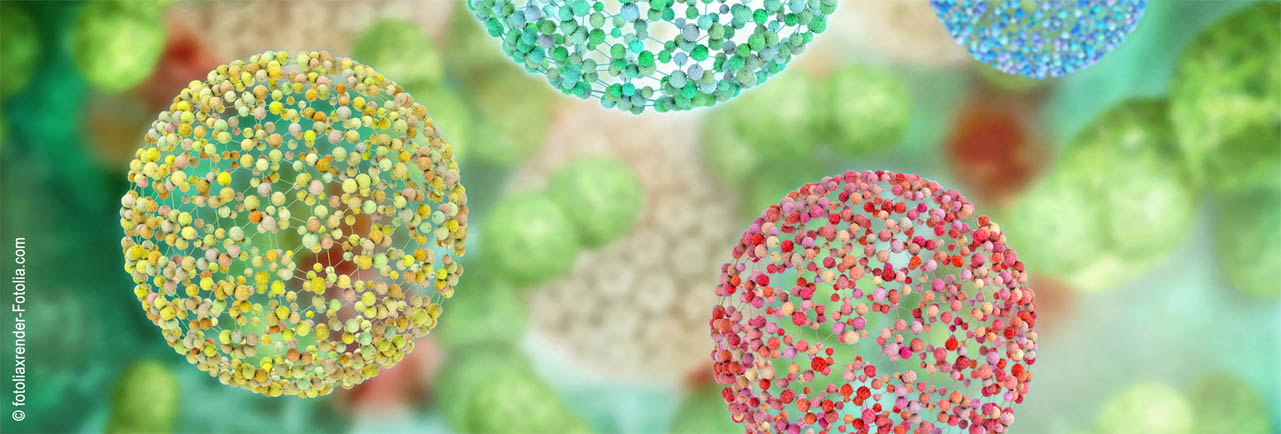Speaker
Description

Fig A. Snapshot of two lipid bilayers of dipalmitoylphosphatidylserine (DPPS, negatively charged in the head) in water (not shown) in presence of Na+ counter-ions. Red arrows show the attractive interaction between the bilayers.
Colors: C – black ; O – red ; P – green ; N – blue ; Na – yellow. Hydrogen atoms are not shown.
Fig B. Permittivity profile along z axis, from the center of mass of the left bilayer to the center of mass of the right one.
Fig C. Detail of a DPPS molecule. Colors: H – white ; others are the same as in fig. A.
Lipid layers play important roles in the living world. In particular, their presence in the synovial fluid (that lubricates for instance our knees or shoulders) grants joints very good lubrication properties {1}, though the origins of such good properties are not fully understood yet.
To investigate these complex biological systems, we work on model systems made of lipid stacks adsorbed on a substrate, experimentally made by our collaborators from Charles Sadron Institute (Strasbourg, France) while we simulate them with Molecular Dynamics (MD) on our side. These simpler systems have the advantage of being tuneable: we can control their physico-chemical properties such as the temperature, humidity, or chemical composition. Our goal is to study their structural properties and response to mechanical stress.
With the help of neutron and X-ray reflectivity experiments, is has been observed that monovalent charged lipid layers can attract each other {2}. The interpretation of this counter-intuitive behaviour is based on a change of the permittivity in the confined water layer, but detailed analysis of this phenomenon is yet to be done.
In this first year of PhD thesis, we are investigating the electrostatic forces acting on the positive counter-ions within MD simulations of lipidic stacks (fig. A). Using a modified Poisson-Boltzmann equation, we reproduce ionic charge density profiles obtained in the simulations. This allows us to fit how the permittivity varies in our system (fig. B).
We are currently working on dehydrating our simulated systems, resulting in having shorter distances between bilayers and hopefully seeing the attractive interaction between them appear. We expect to have some additions to bring to our model, such as adding the Van der Waals interactions for instance, that are not yet necessary to accurately reproduce the charge distributions in our highly hydrated systems.
{1}: A. Boţan, L. Joly, N. Fillot, C. Loison. Mixed Mechanism of Lubrication by Lipid Bilayer Stacks. Langmuir 2015, 31, 44, 12197-12202.
{2}: T. Mukhina, A. Hemmerle, V. Rondelli, Y. Gerelli, G. Fragneto, J. Daillant, T. Charitat. Attractive Interaction between Fully Charged Lipid Bilayers in a Strongly Confined Geometry. J Phys Chem Lett. 2019, 10(22):7195-7199

